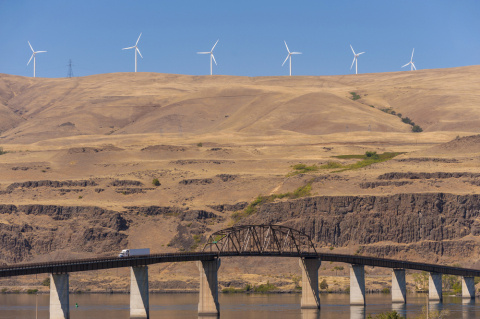
To improve wind forecast accuracy, WETO funded the second Wind Forecast Improvement Project (WFIP2).
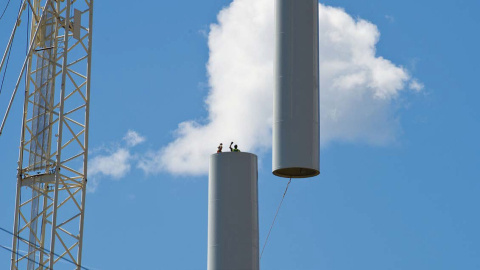
Funding in U.S. wind energy has averaged nearly $13.6 billion annually since 2006, totaling more than $140 billion.
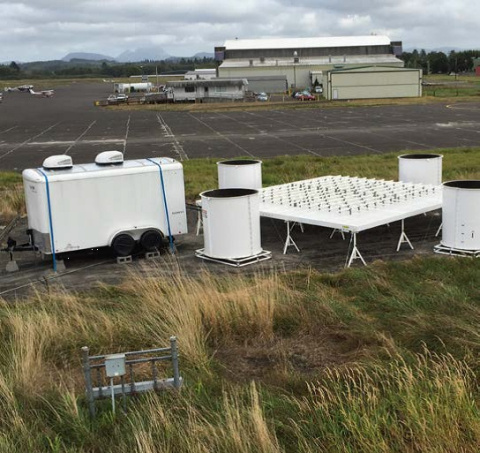
As the contribution of wind energy to U.S. electricity generation grows, so does the importance of accurate forecasts for wind power production.
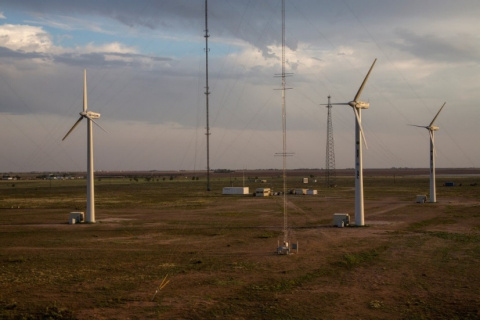
An experiment successfully demonstrated that the wake from an upwind turbine can be steered away from a downwind turbine by yawing the upwind turbine.
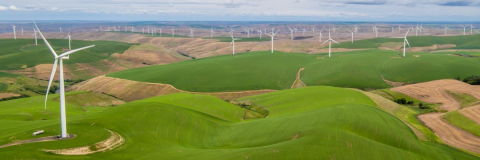
New breakthroughs could cut the cost of wind energy in half by 2030—making it fully competitive with the fuel cost of natural gas.
Severe wind turbine blade leading-edge surface erosion can cause increased wind turbine performance losses that are far greater than anticipated...
Atmospheric Conditions Drive Turbine Wake Behavior at Sandia National Laboratories
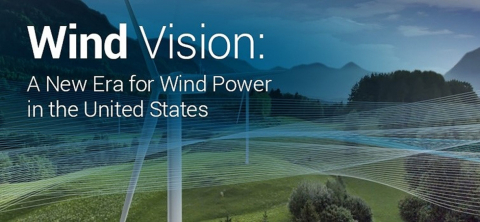
The Department of Energy’s Wind Vision report assesses the potential economic and social benefits of a study scenario where U.S. wind power supplies 10% of the nation’s electrical demand by 2020, 20% by 2030, and 35% by 2050. It also outlines a roa...
Experiment Investigates Steering of Wind Farm Wakes for Improved Performance
Exascale Computing to Support Predictive Wind Flow Modeling

